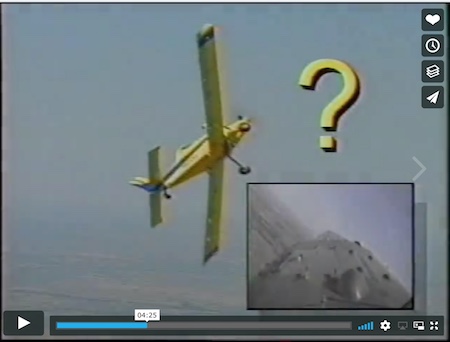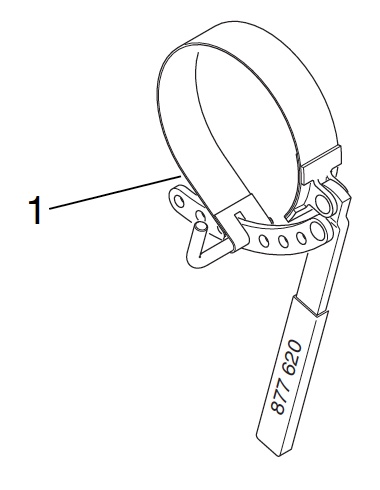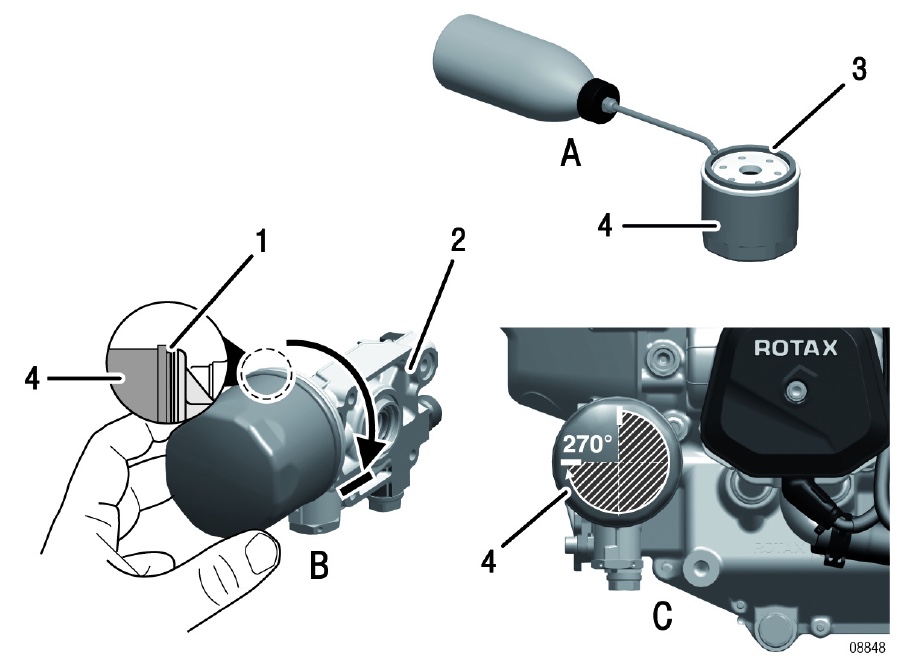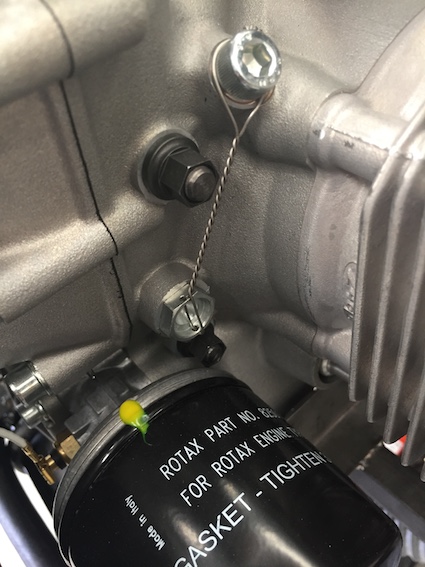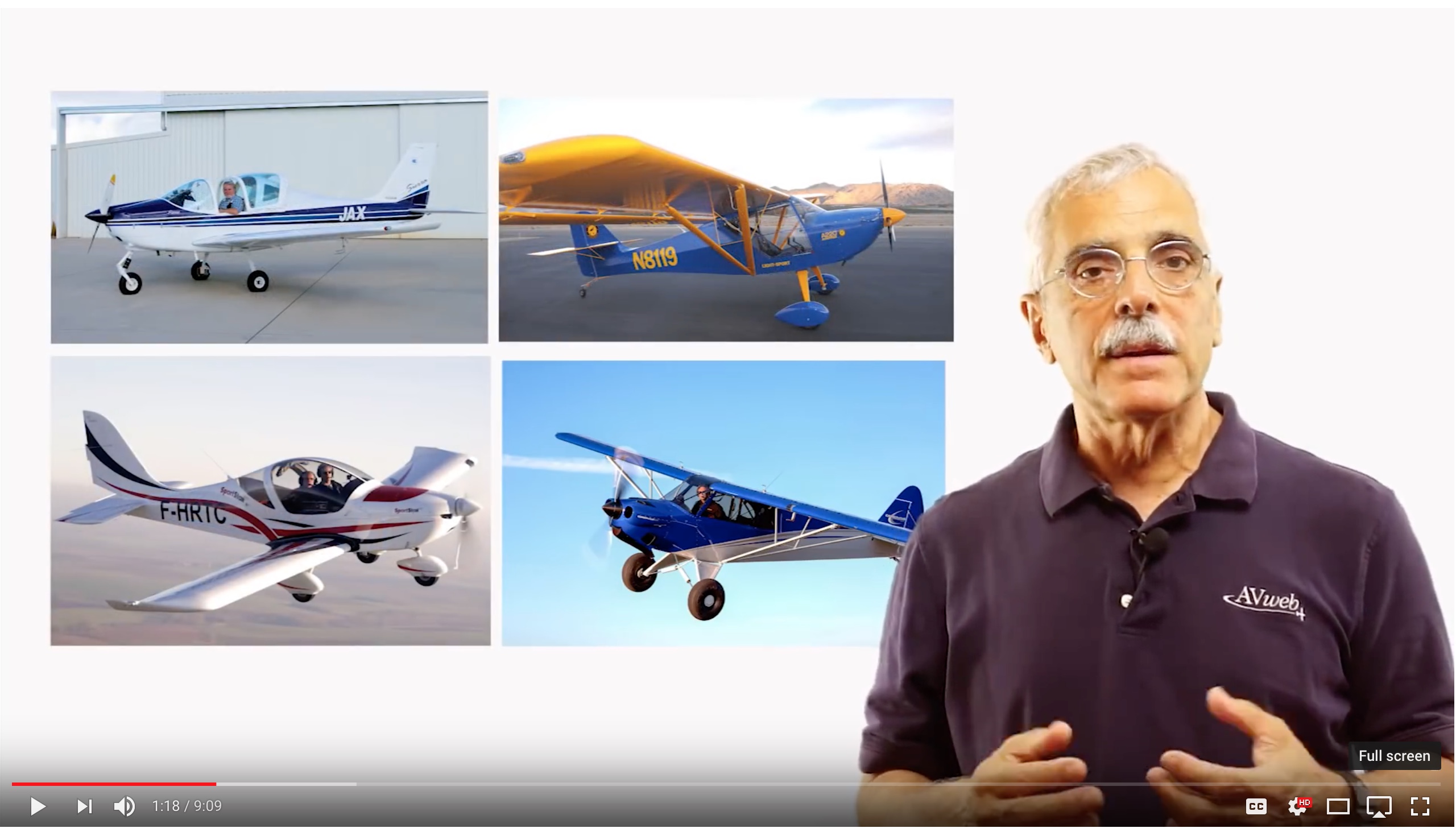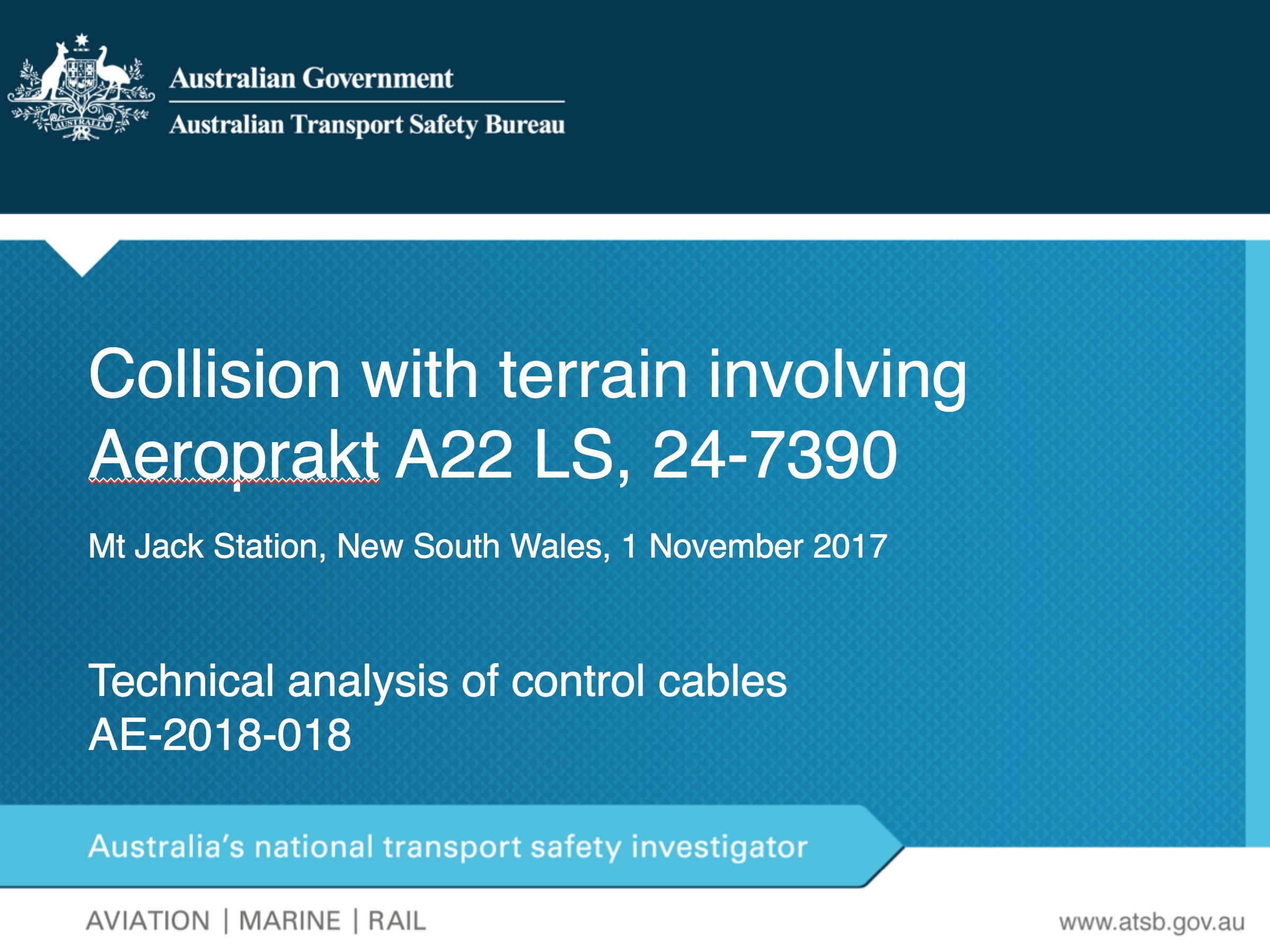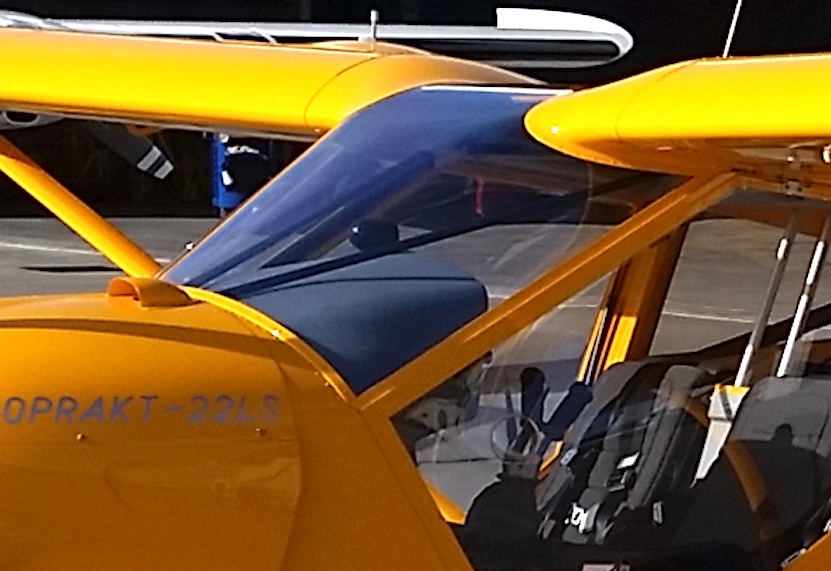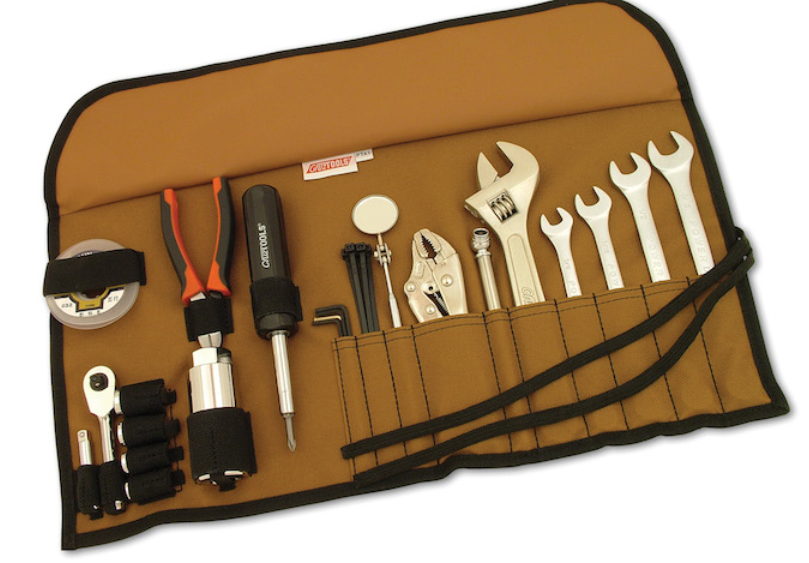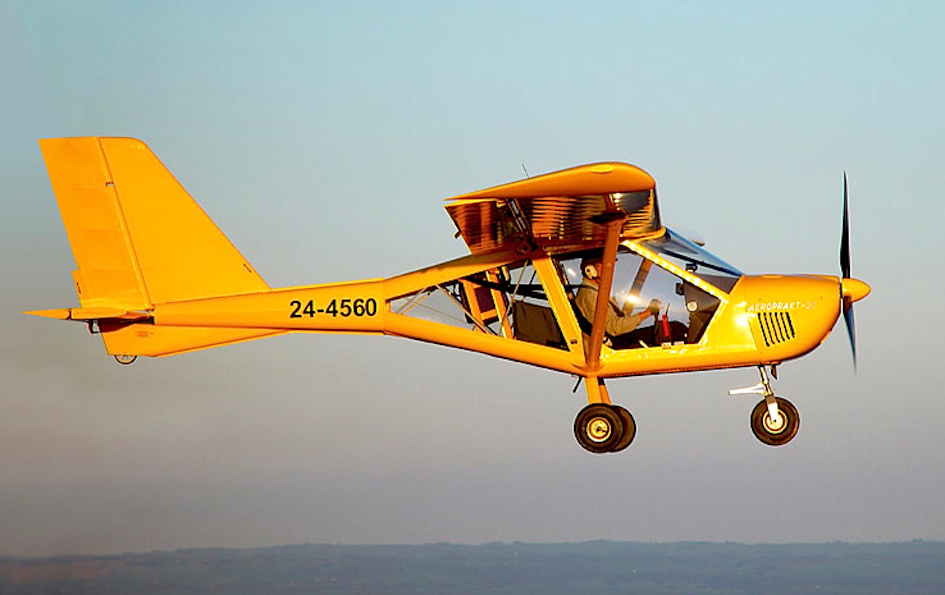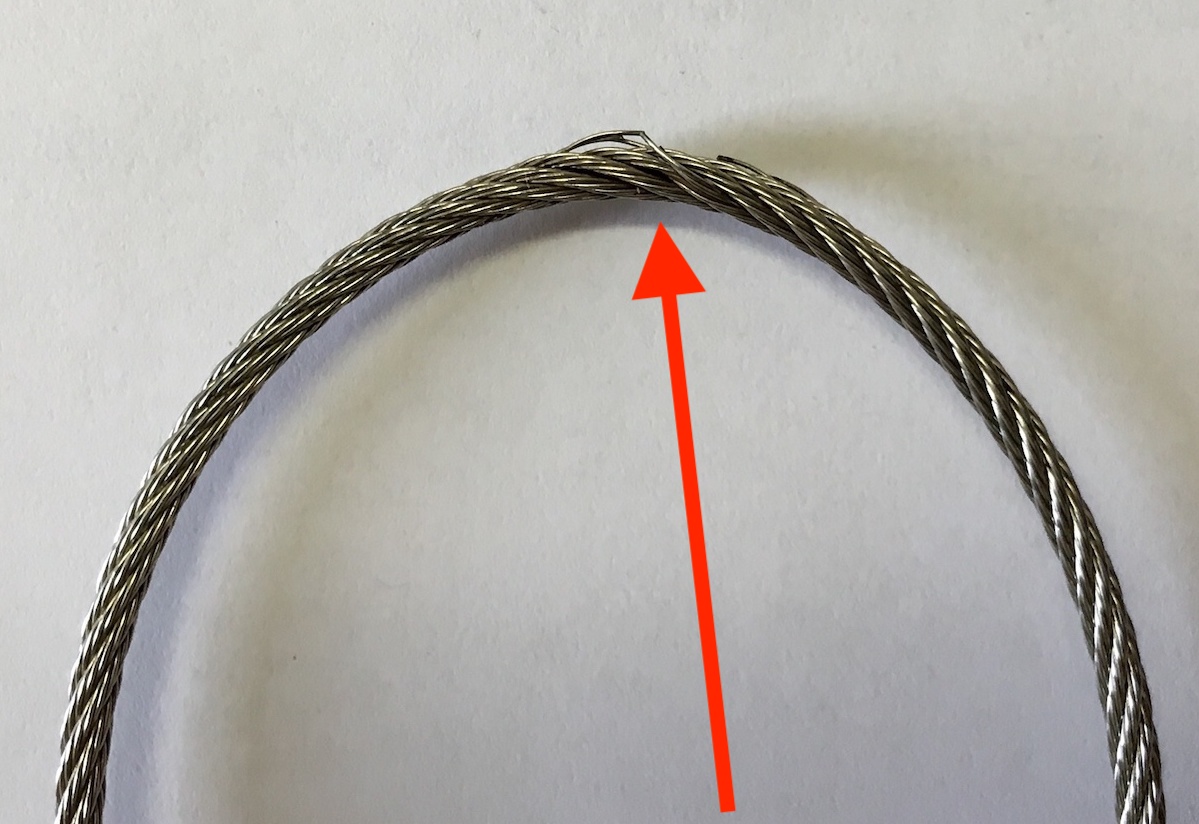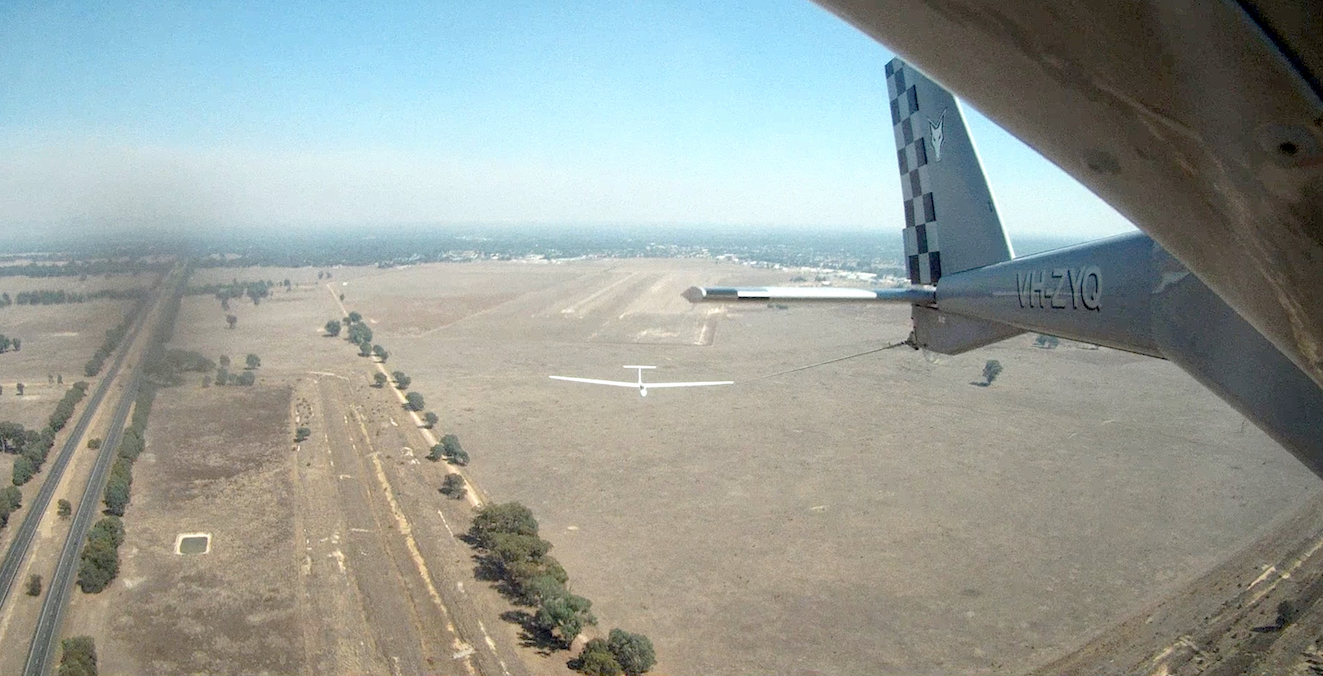 Sunday 17 March 2017 dawned clear and a relatively cool 20 celsius at Tyabb Airport. My friend Mike Rudd and I were flying that morning up to Benalla, north of Melbourne, to submit our A22LS Foxbat demonstrator to the Gliding Club of Victoria to test-tow a couple of gliders.
Sunday 17 March 2017 dawned clear and a relatively cool 20 celsius at Tyabb Airport. My friend Mike Rudd and I were flying that morning up to Benalla, north of Melbourne, to submit our A22LS Foxbat demonstrator to the Gliding Club of Victoria to test-tow a couple of gliders.
The flight from Tyabb to Benalla was uneventful except for a thick smoke haze up to about 6000 feet due to the smouldering remains of some large bushfires in the area and an almost total lack of wind. About an hour and 20 minutes after take-off, were touching down at Benalla. Gliders were already in the air, albeit in much smaller numbers than the last time we visited, just over 3 years ago.
I flew a short acclimatisation flight with Rob Pugh, the tow pilot for the day (I am not licensed to tow); he made one of the smoothest landings I have experienced in someone who had never flown the type before. Very reassuring for the remainder of the morning! Rob then did a couple of circuits on his own to check out the Foxbat handling without my 85 kilos of ballast in the passenger seat – anyway, towing is only permitted with one person on board.
The first glider – a single seat SZD51 Junior with gliding instructor Steve Hobby on board – was hooked up and, with GoPros activated on the Foxbat, Rob applied full power and took off. Temperature on the ground was about 30 Celsius (about 85-86 Fahrenheit), giving a density altitude at ground level of well over 2500 feet. There was almost no wind at all. Tow time to 2000 feet AGL (2500 feet on the QNH, about 5750 density altitude) was almost exactly 6 minutes and Rob was back on the ground just over 3 minutes later.
Next up was a 2-seat Twin Astir glider with just one person on board. This glider is affectionately known as the ‘concrete swan’ – the heaviest 2-seater in the club, so it would be interesting to see how long it took for the trip. In the event, tow time to the same altitude took only 30 seconds longer and Rob was back on the ground again, around 3 minutes after release.
We are making a short video of the test-towing which will be uploaded to our YouTube channel shortly. Meanwhile, Rob had a few candid comments about Foxbat towing. “Of course”, he told us, “with only 100hp available, the Foxbat won’t be competing with our Pawnees [my note: one of which has a liquid cooled Chevrolet V8 engine!]. But the Foxbat performed very well, considering the lack of wind and the high density altitude. The total take-off to landing times of just over 9 minutes worked out much better than the 13-14 minutes we were expecting. I think the high lift wing really helps it outperform many other Rotax engined types when towing”.
Successful glider towing is a complex equation – it’s not just how long it takes to reach altitude, it’s also the total air time on the tug (based on which, the glider pilot/customer pays), fuel costs, maintenance costs and any depreciation costs on the aircraft tug – many club towing aircraft have been written down to zero in value over the years.
However, the overall exercise was to determine how well the A22LS Foxbat performed – and the answer seems to be ‘much better than expected for such a small aircraft’. This feedback, together with excellent reports from other countries using the A22 for glider towing, confirms our belief that the aircraft will handle 75-80% of typical towing tasks at around a third of the costs.

